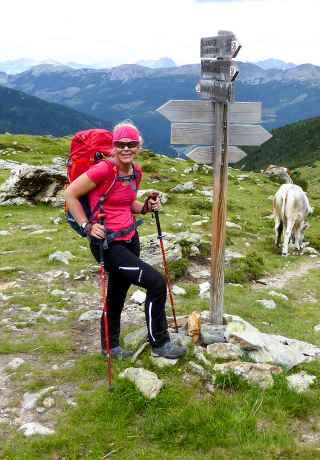
“You can purchase professional filters for longer tours.”
— Alix von Melle | LOWA PRO Team
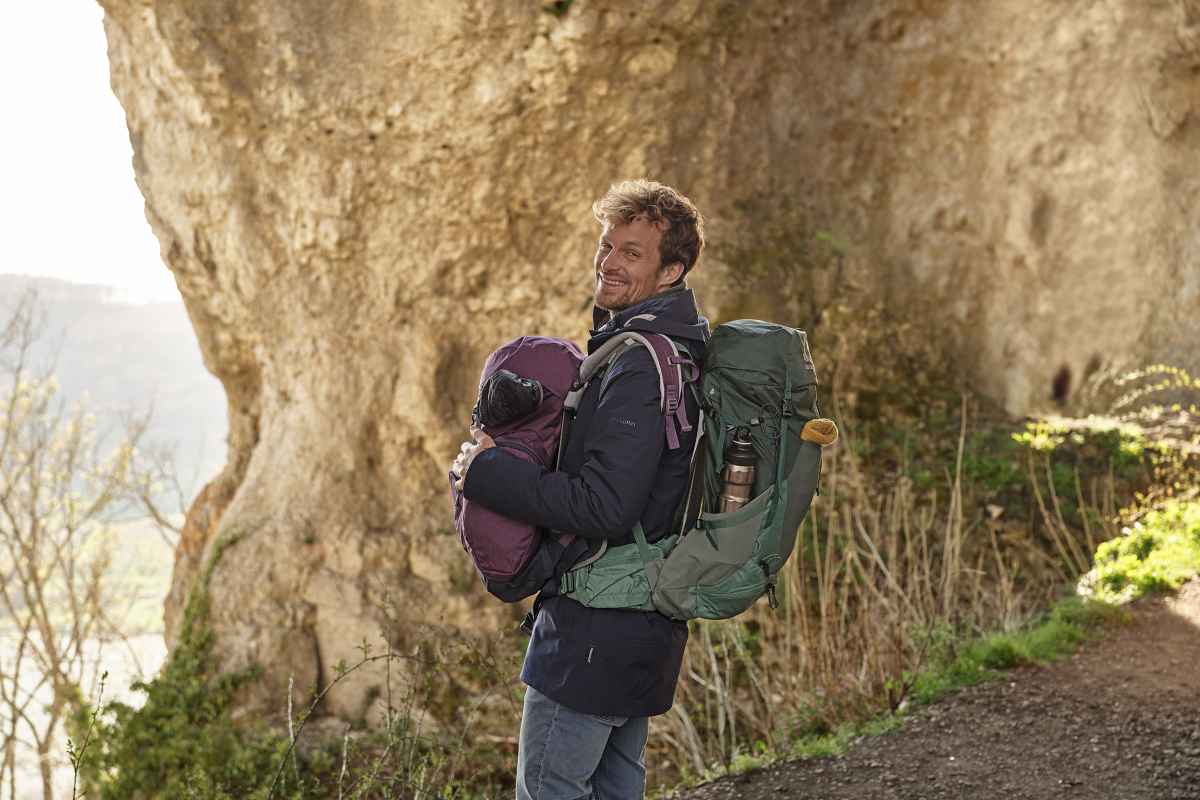
A rucksack is to hiking what a top is to a pot. It is a hiker’s constant companion and an insurance policy wrapped into one. Ideally, it will be filled with everything that can help the hiker in planned and unplanned situations. This is why you will learn here how to correctly pack your rucksack and what you should definitely have in it.

You need to start your hike with enough water. You can also fill your canteens with water from streams. It is a well known fact that spring water found during mountain hikes is very clean. If the water happens to be murky, just filter it! To do this, pour sand, pebbles and crushed charcoal into a handkerchief-lined sock. The water is much clearer after passing through the sock. But be careful, this method doesn’t necessarily remove all bacteria and germs. Remember one other thing as well: Take water only from a flowing stream – the faster the stream, the cleaner the water. You should avoid standing water at all costs. Bacteria and germs love to congregate here!

“You can purchase professional filters for longer tours.”
— Alix von Melle | LOWA PRO Team
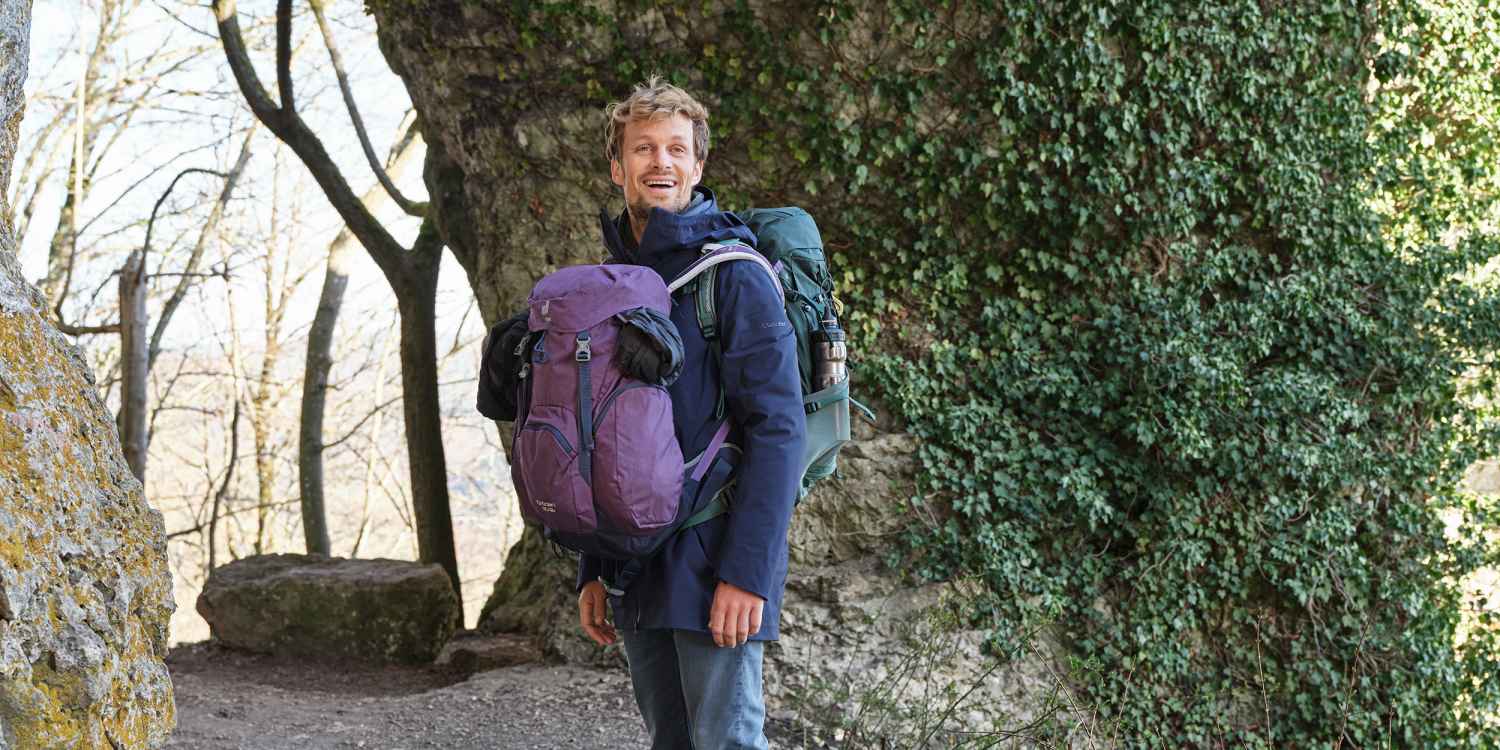
The lighter, the better. The weight of your packed rucksack should not exceed 25 percent of your bodyweight. If you are hiking through flat terrain, your rucksack’s centre of gravity should be on your shoulders. In steep terrain, it will be a bit lower down your back.
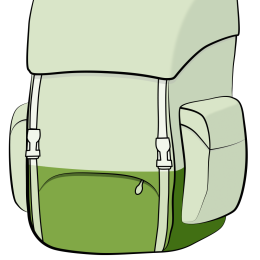
Light objects
You will pack light things like your sleeping bag and jacket in the bottom compartment.

Medium-heavy objects
You will pack medium-heavy objects like a change of clothes in the middle compartment of your rucksacks towards the outside.
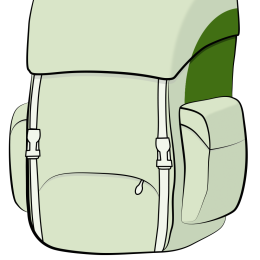
Heavy objects
Heavy objects like your camera or tent should be packed in the middle compartment directly on your back.

Small items
You should place small items in the lid compartment or side pockets.
Weight stabilising
You can easily determine if you have properly packed your rucksack: It is properly packed if the weight does not press either towards the front or the back or pulls or hinders you in any other way.

“You can buy practical pack sacks that will fix and hold individual parts of a category. This will prevent anything from shifting, and small items will remain where they should be.”
— Alix von Melle | LOWA PRO Team

The items you should definitely have in your backpack:

Bottle
Water bottle (for filling purposes)

Clothes
A waterproof, breathable jacket and a light sweater

Sun protection
Sun screen, sunglasses, a Buff headband or a thin cap

Food and Drinks
Food, if there is no hut along the way

First aid kit
Small first-aid kit, mobile phone, flashlight, pocketknife, money and ID

Multi day hike
Hut liners, thin outdoor hand towel, a change of clothes, wash bag with shampoo (small container!), toothpaste and toothbrush
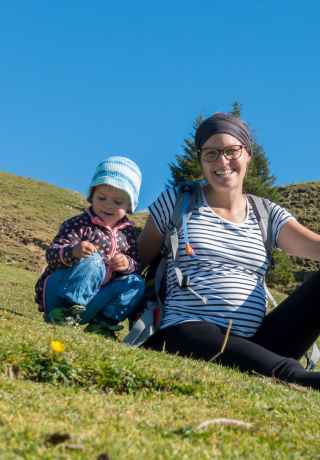
“Take your hiking map with you. If you get lost, the map will help you to regain your bearings and find the right trail.”
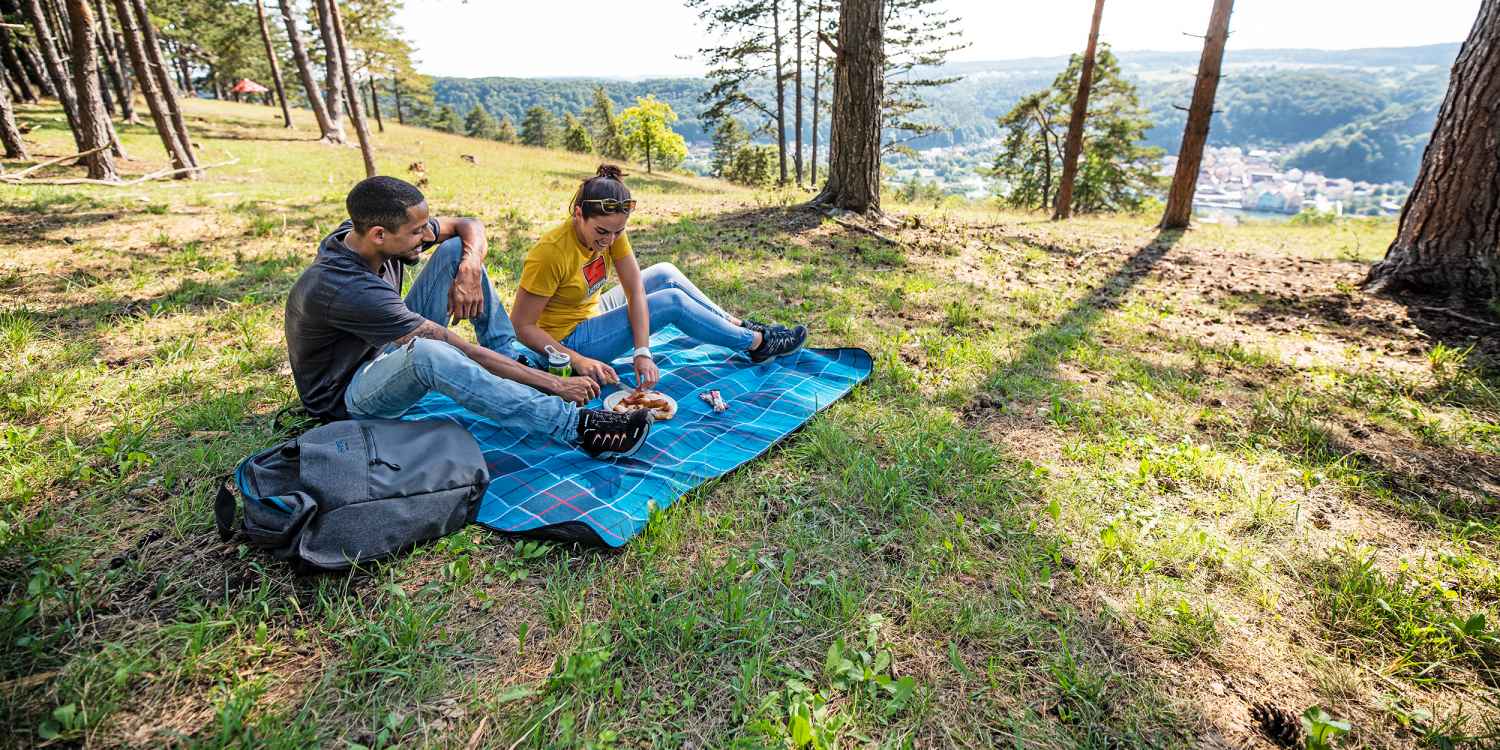
Next to your water bottle, your supplies are the most important thing in your rucksack. This food will rejuvenate you once your battery begins to run down and your steps grow shorter. This is when it’s time to take a break. Have a drink, stretch your legs and shake your arms. If that doesn’t help or your stomach is rumbling, then you need to refuel. The most suitable snacks are bananas, dried fruits or nuts. Even biscuits or dextrose can help you recharge.

“Avoid heavy foods and eat light, high-energy snacks instead.”

This small bottle can help with just about anything, fits into any rucksack and is your ideal tour companion. A drop of this oil reduces any inflammation caused by minor injuries, athlete’s foot or insect bites. Its aroma masks odours, so you can use it for washing on long tours. Be careful – don’t let it get into your eyes because it burns! If you become ill when hiking, dilute a drop of tea tree oil with some water and drink it. Even gargling it helps – e.g. if you have an inflammation of the gums or a sore throat.